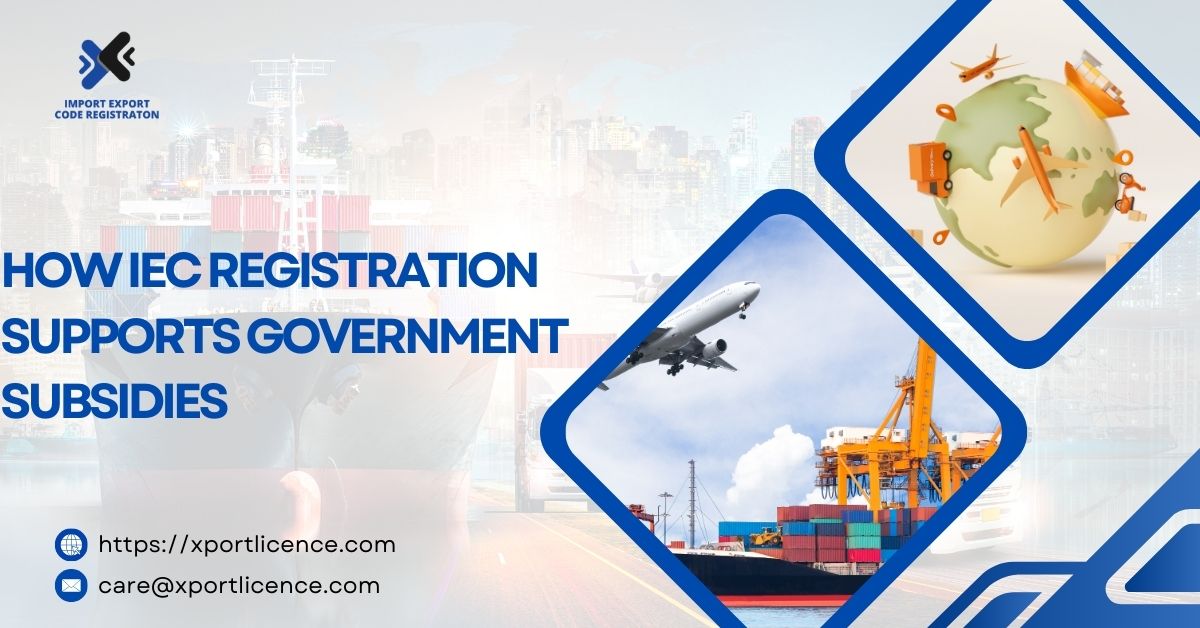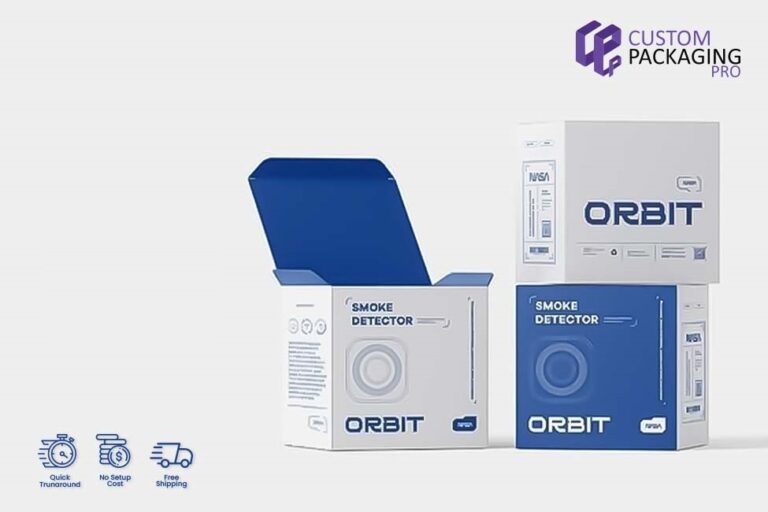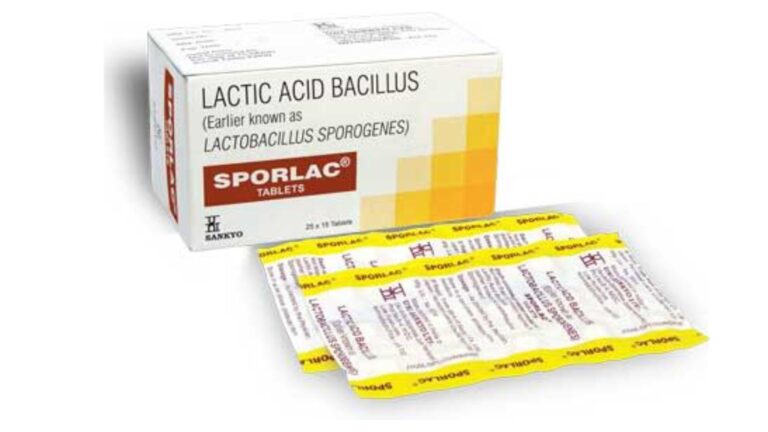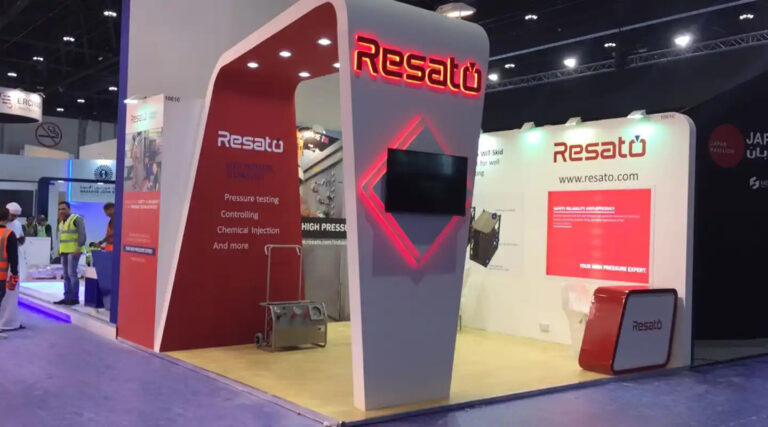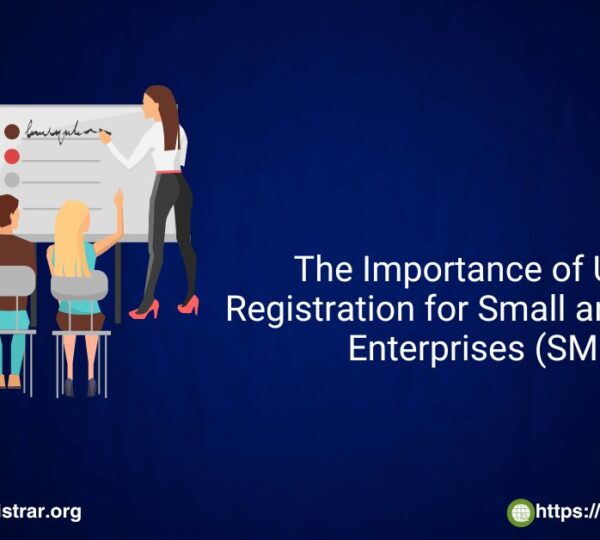IEC (Import Export Code) registration is a critical requirement for businesses involved in international trade in India. Beyond enabling import and export activities, IEC registration also plays a vital role in accessing government subsidies. The Indian government offers various incentives and subsidies to encourage exports, and IEC registration is often a prerequisite for availing these benefits. This article explores how IEC registration supports government subsidies and the advantages it brings to businesses.
Understanding IEC Registration
IEC is a unique 10-digit code issued by the Directorate General of Foreign Trade (DGFT) to businesses engaged in import-export activities. It is mandatory for anyone looking to import or export goods and services from India. IEC registration opens the doors to international markets and ensures compliance with the country’s trade laws. It is a one-time registration that remains valid for a lifetime.
Government Subsidies and Incentives for Exporters
To promote exports and boost the economy, the Indian government provides various subsidies and incentives to exporters. These subsidies help reduce the overall cost of production, making Indian goods more competitive in the global market. Some of the key subsidies available to IEC holders include:
- Duty Drawback Scheme: Under this scheme, exporters can claim a refund of the customs duty paid on imported raw materials used in the production of export goods. The refund helps in reducing the overall cost of the product, making it more competitive in the international market.
- Export Promotion Capital Goods (EPCG) Scheme: This scheme allows exporters to import capital goods at zero or concessional duty rates. The EPCG scheme helps businesses in acquiring advanced machinery and technology, thereby improving the quality and quantity of exports.
- Merchandise Exports from India Scheme (MEIS): MEIS provides financial incentives to exporters of specific goods to offset the infrastructural inefficiencies and associated costs. The scheme is designed to enhance the competitiveness of Indian products in the global market.
- Service Exports from India Scheme (SEIS): SEIS offers incentives to service providers located in India. The scheme covers a wide range of services, including IT, consulting, and healthcare. The incentives under SEIS help service exporters reduce their costs and improve their competitiveness globally.
- Interest Equalization Scheme: This scheme offers a subsidy on the interest rate charged on pre and post-shipment credit for exporters. The interest subsidy helps reduce the financial burden on exporters and encourages them to explore new markets.
- Transport and Marketing Assistance (TMA) Scheme: The TMA scheme provides financial assistance for the transportation and marketing of agricultural products to international markets. This subsidy aims to reduce the high logistics costs associated with exporting agricultural products.
How IEC Registration Facilitates Access to Subsidies
IEC registration is the first step towards accessing these government subsidies and incentives. Here’s how IEC registration supports businesses in availing subsidies:
- Eligibility for Subsidies: IEC registration is a mandatory requirement for availing of most export-related subsidies. Without an IEC, businesses are not eligible to apply for government incentives designed to promote exports.
- Claiming Duty Drawbacks: To claim duty drawbacks on imported raw materials, businesses must provide their IEC number. The IEC ensures that the refund process is smooth and that businesses can recover a significant portion of their production costs.
- Access to EPCG Scheme: The EPCG scheme requires businesses to have an IEC number to apply for concessional duty rates on capital goods. The IEC registration facilitates the application process, enabling businesses to upgrade their technology and machinery at a lower cost.
- Filing for MEIS and SEIS Benefits: Exporters and service providers must mention their IEC number while applying for MEIS and SEIS benefits. The IEC number is used to track the export activities of the business, ensuring that the incentives are provided to the right entities.
- Interest Equalization: To avail of the interest subsidy under the Interest Equalization Scheme, exporters need to provide their IEC number to the financial institution. The IEC registration ensures that the subsidy is credited to the eligible exporter, reducing their cost of borrowing.
- TMA Scheme for Agricultural Exports: Agricultural exporters must provide their IEC number to claim the subsidy under the TMA scheme. The IEC registration helps in identifying eligible exporters and facilitates the disbursement of financial assistance.
The Role of IEC in Government Subsidy Programs
IEC registration plays a crucial role in the effective implementation of government subsidy programs. By ensuring that only registered exporters can access these subsidies, the government can better track the distribution of funds and monitor the impact of these programs on the export sector. Additionally, the IEC registration helps in maintaining transparency and accountability in the subsidy distribution process.
Note: Click here to update your IEC Code today – Update IEC Code Online
Conclusion
IEC registration is not just a legal requirement for businesses involved in import-export activities; it is also a gateway to various government subsidies and incentives. By registering for an IEC, businesses can unlock numerous benefits that help reduce costs, improve competitiveness, and expand their global reach. For any business looking to thrive in international markets, obtaining an IEC and leveraging the associated subsidies is a strategic move that can significantly contribute to its success.


